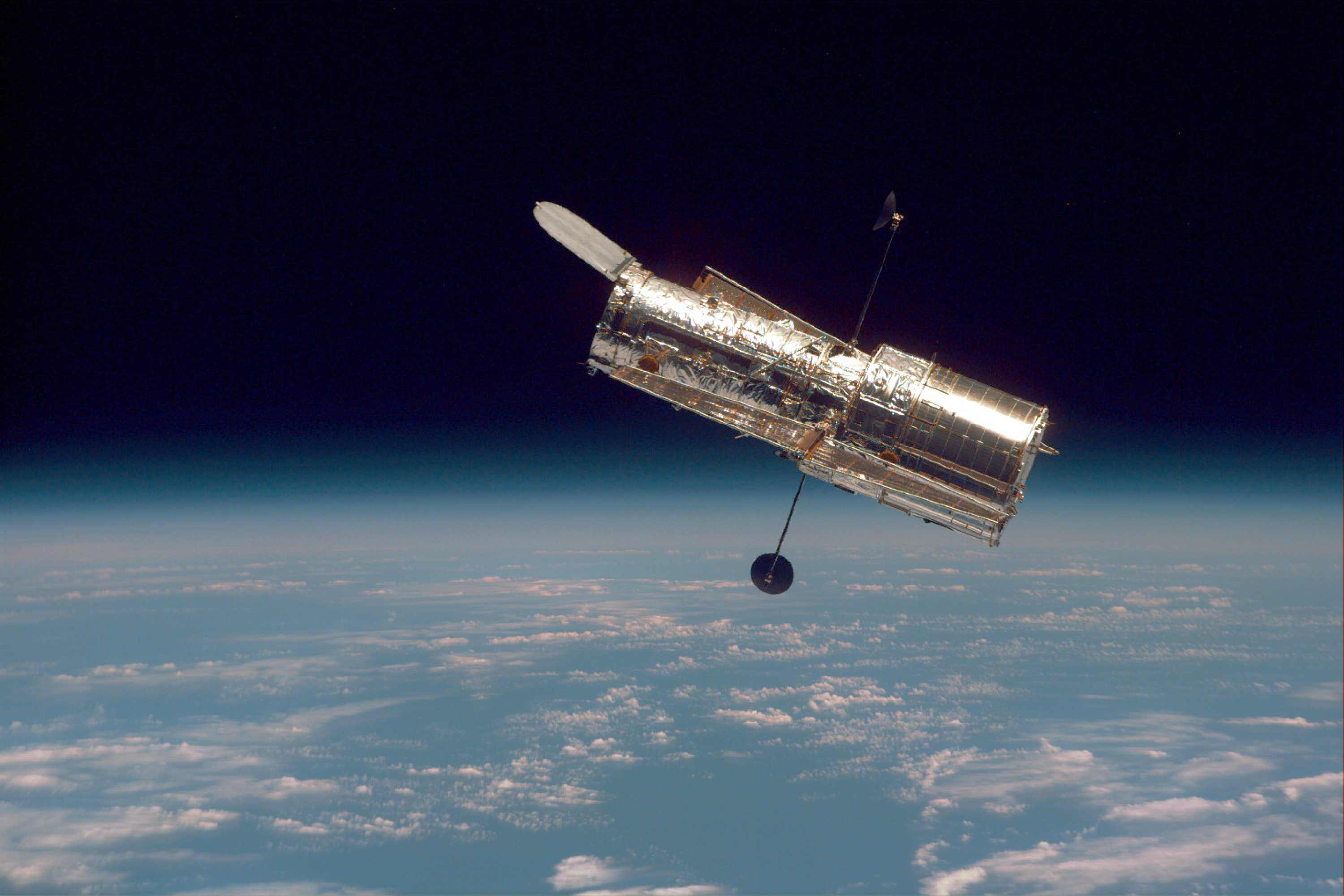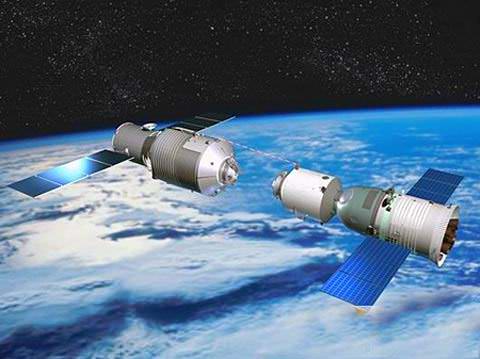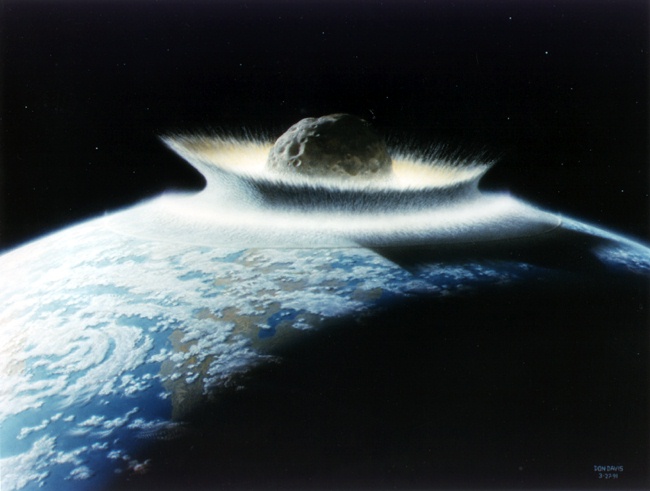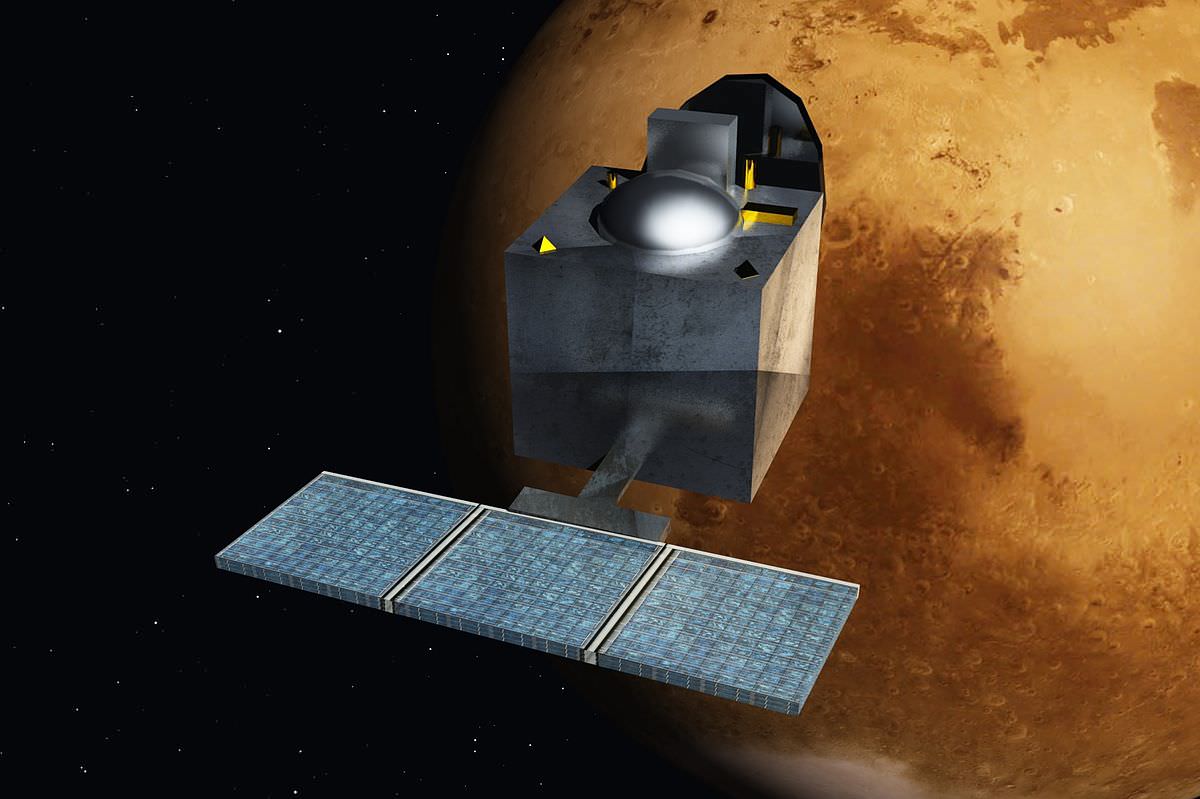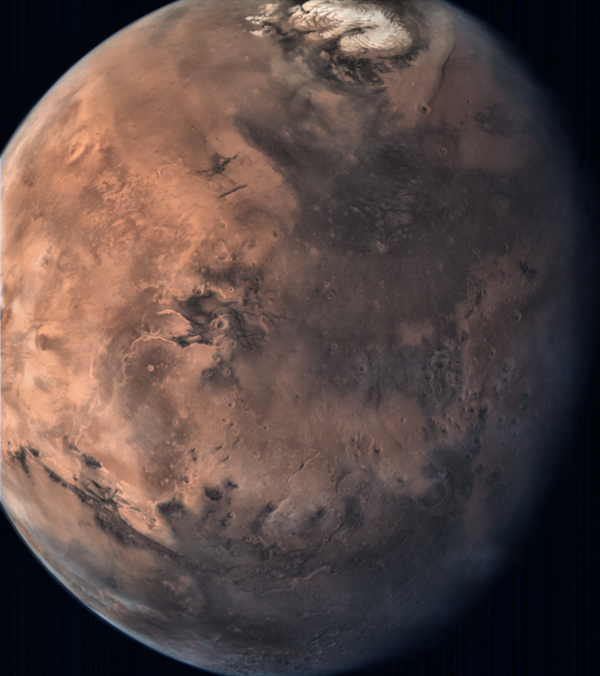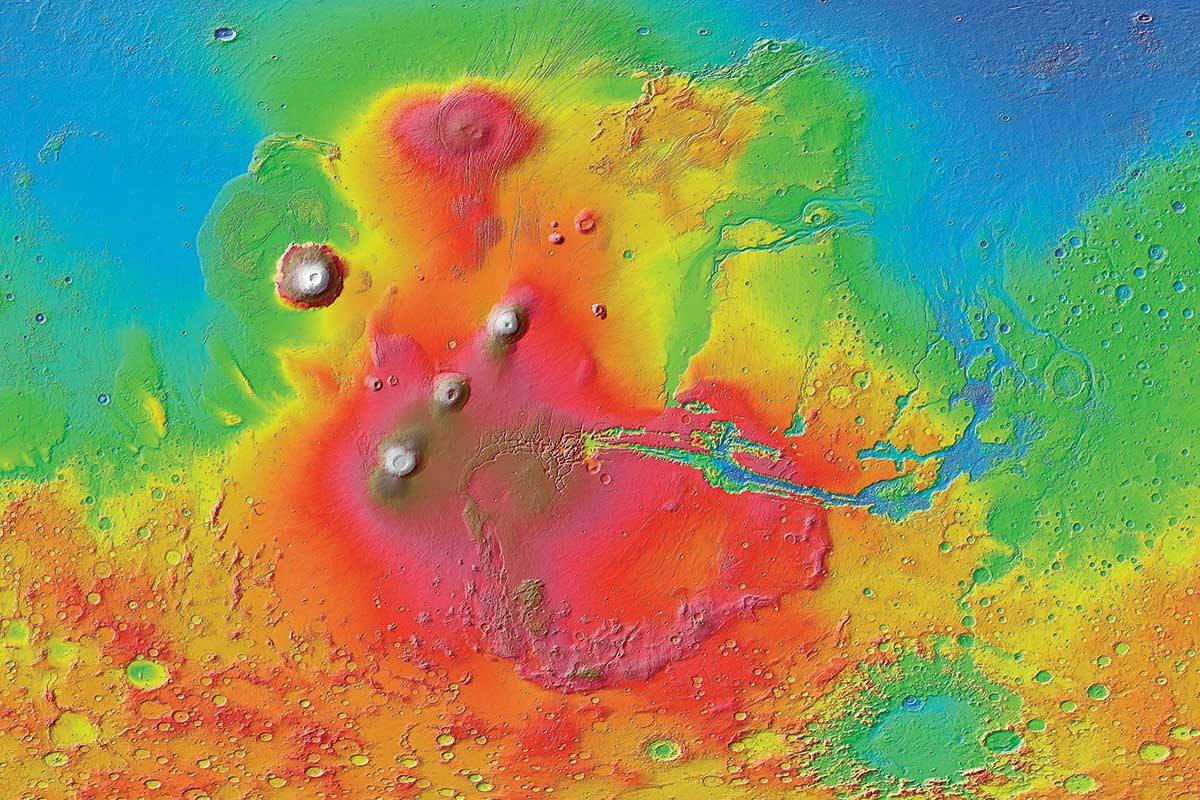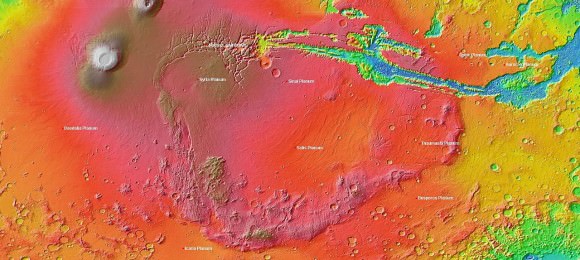When the Cassini probe first saw the plumes coming from Saturn’s moon Enceladus, it was a surprise. When it dipped through the plumes, some questions about the basic nature of the phenomenon were answered. But there are still many more questions, and today Cassini has an opportunity to find some answers.
Cassini will be in a perfect position today to observe the light from Epsilon Orionis, the central star in Orion’s belt, as it passes through Enceladus’ plume. This type of observation is known as a stellar occultation, and it promises to provide new information about the composition and density of the plume. Cassini’s Ultraviolet Imaging Spectrograph (UVIS) will do the capturing, and once the information is relayed back to Earth, it will be analyzed for clues.
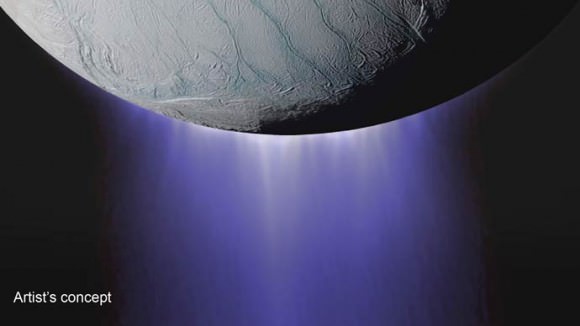
We already know a few things about Enceladus’ plumes. First of all, Enceladus itself is any icy world, with subsurface oceans. The moon is locked in an orbital resonance, which creates its eccentric orbit. This eccentric orbit is responsible for heating the south polar oceans, which drives material through the ice sheets and creates its stunning plumes, in a process known as cryovolcanism. (Radioactive decay might also have something to do with heating.)
Cassini has been at Saturn’s system for 12 years, and has gradually painted a more detailed picture of Enceladus. Over time, we’ve learned that the plumes themselves are similar to what comets are made of. Cassini initially detected mostly water vapor, with traces of molecular nitrogen, methane, and carbon dioxide. Later, the presence of the hydrocarbons propane, formaldehyde, and acetylene was confirmed.
This is all very interesting, but why would anyone other than chemistry geeks care? Because the universe, including our Solar System, is largely a cold, sterile place. And the plumes coming from Enceladus indicate the presence of water, potentially warm, salty, water at that. And warm water might mean life, or the potential for life.
Cassini has previously observed two other stellar occultations. But with today’s observation, we stand to learn even more about the plumes of Enceladus. We’ll not only learn more about their density and composition, but since is the third such occultation to be observed, we’ll learn something about the plume’s behaviour over time. We probably won’t learn anything definitive about Enceladus’ life-supporting potential, but we will almost certainly find another piece of the puzzle, and fill in a blank spot in our knowledge.
And that’s what science is all about.

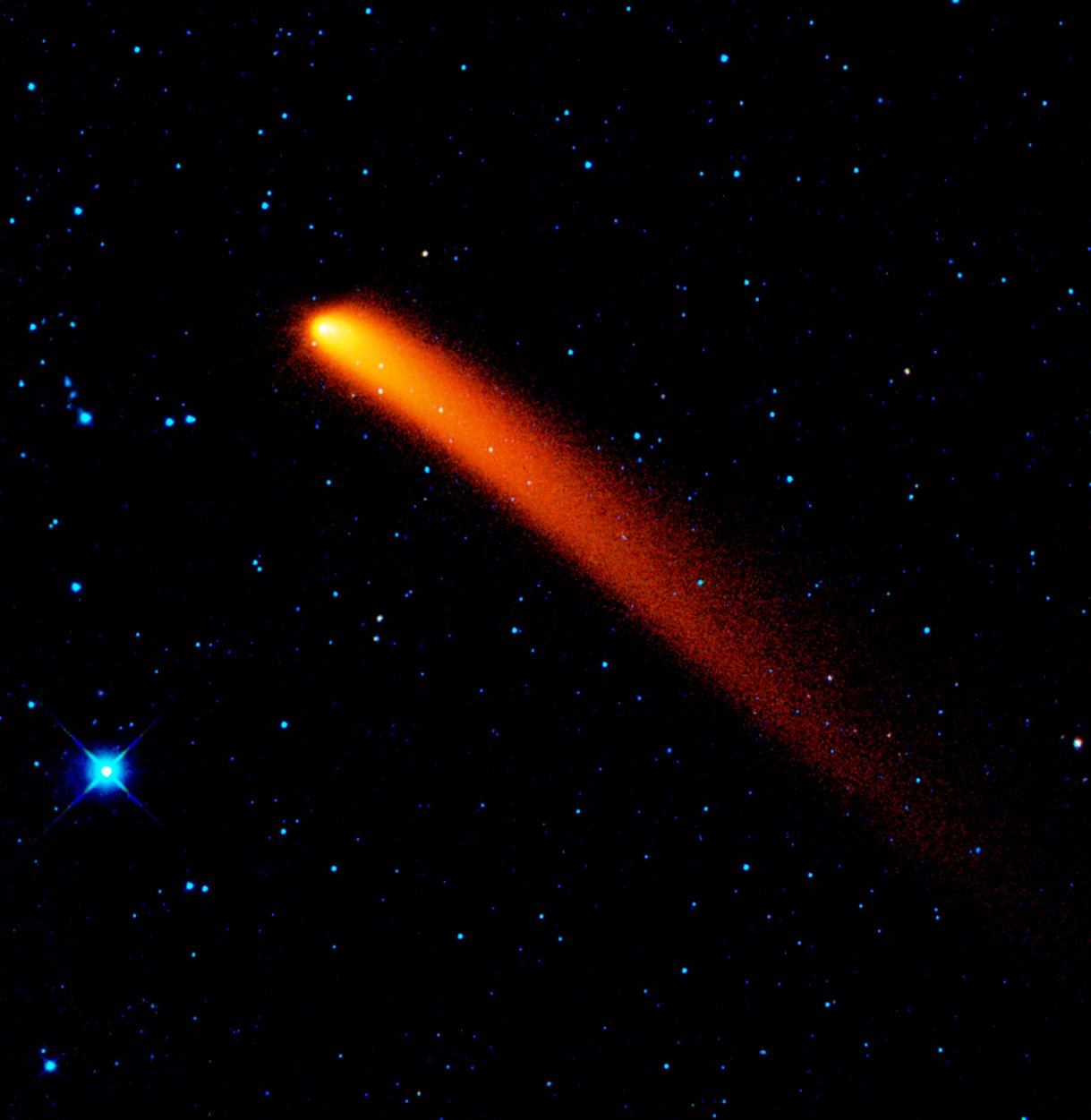
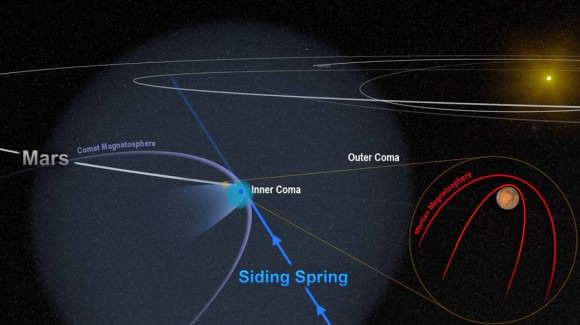
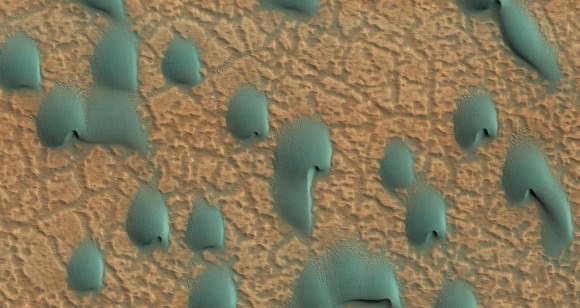 Martian Eye Candy: A beautiful picture of some dunes on the surface of Mars. Thanks MRO! (Image: NASA/JPL-Caltech/University of Arizona)
Martian Eye Candy: A beautiful picture of some dunes on the surface of Mars. Thanks MRO! (Image: NASA/JPL-Caltech/University of Arizona)

